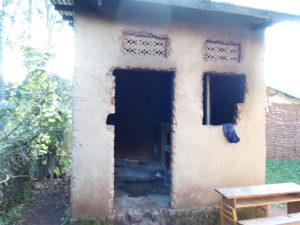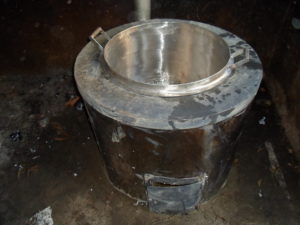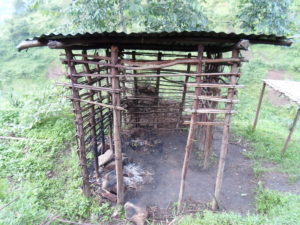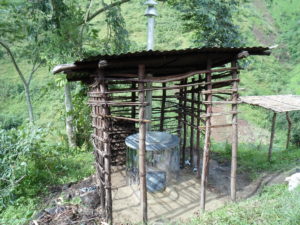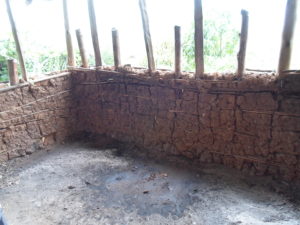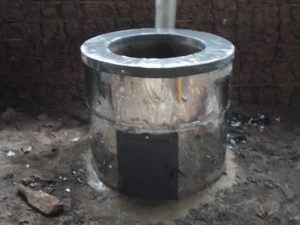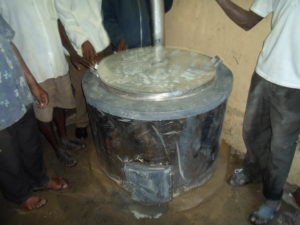New stoves in Ugandan schools to protect people and help gorillas!
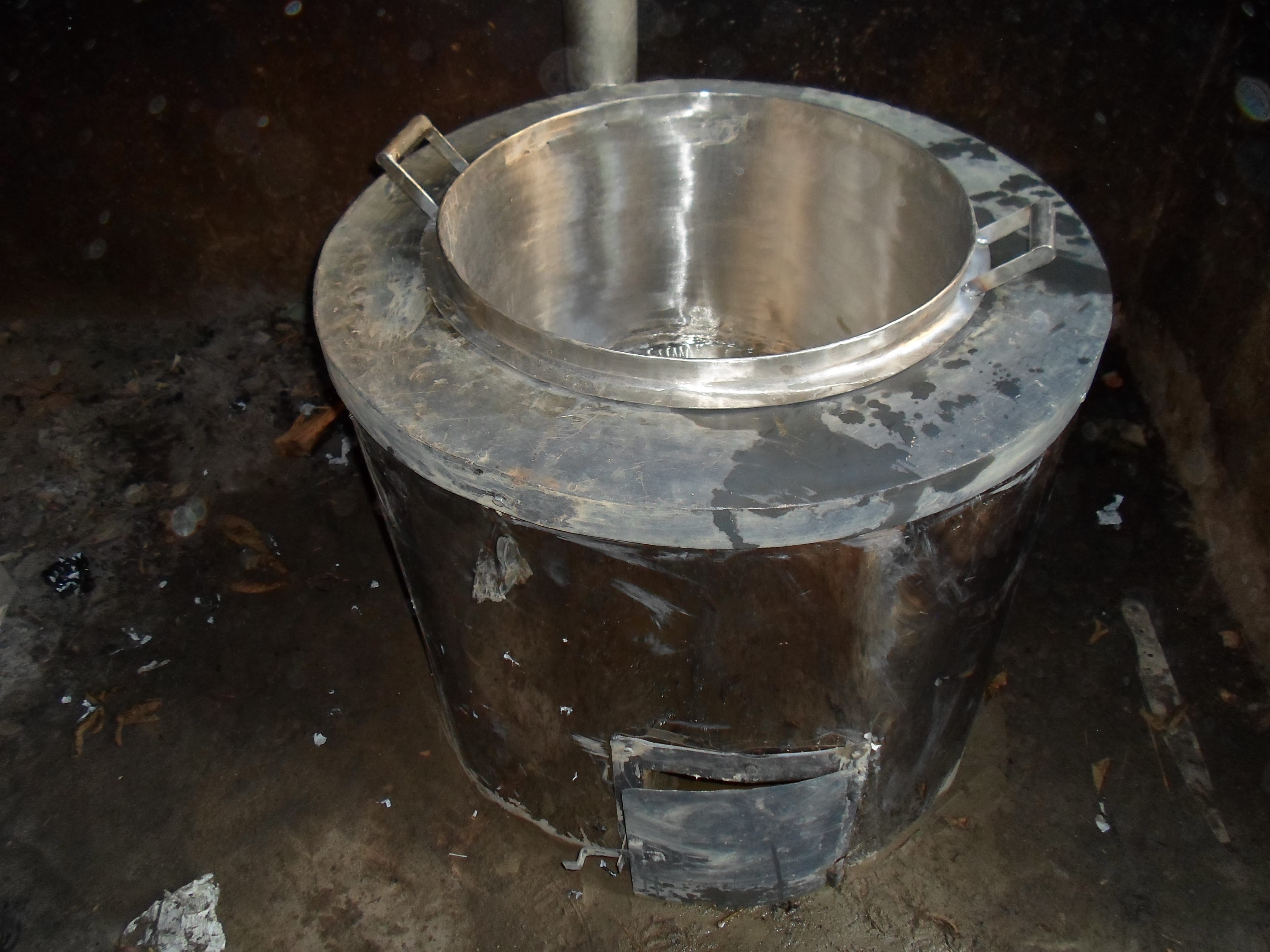
We now have over a thousand stoves installed in homes in Mexico. We then expanded to Kenya and this year into Uganda. On April 24th-25th, one of our trustees, Daniel Kikemu, traveled to Bwindi, western Uganda to build safe energy-saving stoves in four schools. These schools are located on the edge of the beautiful Bwindi Impenetrable Forest, home of mountain gorillas and the Batwa or pygmies. The Batwa are one of the most under-served cultures in the world and are true environmental refugees, forced from the forest to protect mountain gorillas.
Daniel faced some challenges along the way, but was able to successfully build a stove in each of the four schools. Below is a report of his work:
Byumba Presbyterian Christian School
- Located 17km from the Batwa Development Program (BDP) offices. Stove successfully constructed to serve about 100 people.
- Byumba has an outdoor kitchen with stone walls. The kitchen lacks a properly fitted door and/or a window. The floor is course and the walls are covered in soot from the firewood they’ve been using for cooking.
- Except for cement, which we bought on our way there, river sand, water and small stones/gravel were readily available for the construction of the stove.
- The stove was successfully built in approximately two hours.
Recommendation
- A door and a window need to be fitted for the kitchen and the floor should be plastered.
- The stove should be checked occasionally to ensure that it is in proper working condition and well maintained so it can serve the school for a long time.
Nina Waits Mukongoro School
- Located about 6km from BDP offices. The school is up a steep rocky slope. The stove was successfully constructed to serve about 100 people.
- Nina Waits has an outdoor kitchen. It is a makeshift kitchen with wooden sticks and an iron sheet roof. The current kitchen is quite small.
- Except for cement, which we bought on our way there, river sand, water and small stones/gravel were readily available.
- The stove was successfully built in approximately two hours.
Recommendation
- A bigger permanent kitchen needs to be constructed. The current one is at risk of being carried away by strong winds. Rainwater carrying silt could damage the stove.
Diane Stanton Learning Center
- This is a nursery school located about 46km from BDP offices. It is the smallest of the schools in which we built stoves. The stove was successfully constructed to serve about 60 people.
- Diane Learning Center shares its kitchen with the carpenter’s workshop. The little kitchen is situated in one of the corners of the workshop.
- Among the materials needed for the construction of the stove, only water was not readily available. River sand, small stones/gravel and the cement which we bought on our way were sufficient.
Bishops School
- This was the biggest of the schools. It is a boarding school located about 45km from BDP offices and a few kilometers from Diane Stanton Learning Center. The stove was successfully constructed to serve a population of about 260 people.
- Bishops School already has 3 other stoves, so the newly constructed energy saving stove was built to ease the stretched capacity as well as save on the amount of firewood used (an ability that the other 3 do not have).
- Among the materials needed for the construction of the stove, only river sand was not readily available. Water, small stones and the cement was sufficient, however.
- The stove was successfully constructed in two and a half hours.
CHALLENGES FACED DURING THE TRIP
Language barrier– Direct communication with the local community was impossible for the most part due to the fact that a good number of the populace speak only their local language, Luchigga. Few people spoke Swahili as well.
Cultural differences– This was imminent from the onset. Many people were quite shy and took some time to open up. Some felt like the we were there to research and exploit them. Thus, communicating instructions on how the stove should be used and maintained was a challenge.
Poor road network– The area has a Murram road network which is quite rocky and in some places uneven. The road is also quite narrow in some areas and only allows one way traffic.
Recommendation for the Challenges
- Ensure that you have a local contact person can who speak both English and Luchigga. This would help with the language barrier and would ease the locals if we were accompanied by one of their friends. This also gives them assurance that the we are not out to exploit them.
- Travel with a strong car that can navigate the rough terrain.
